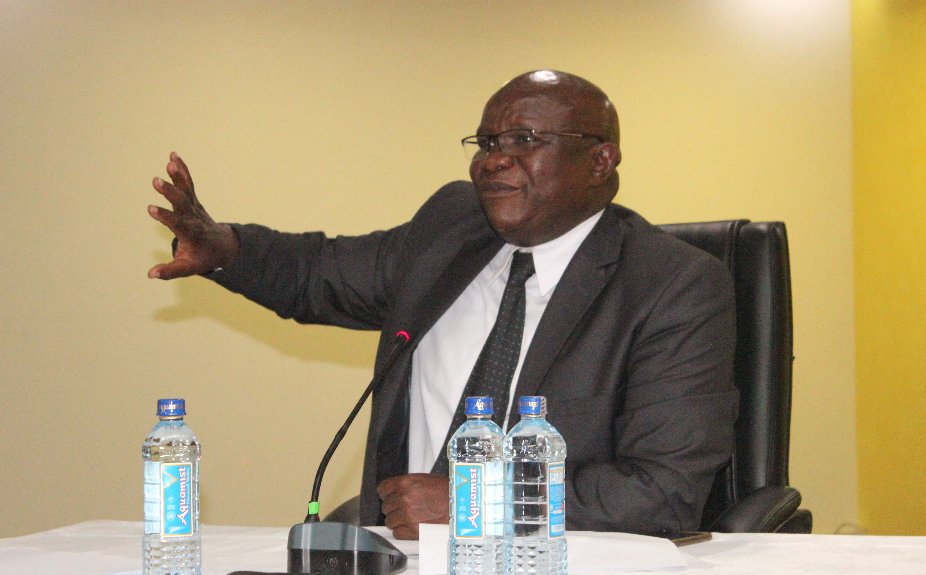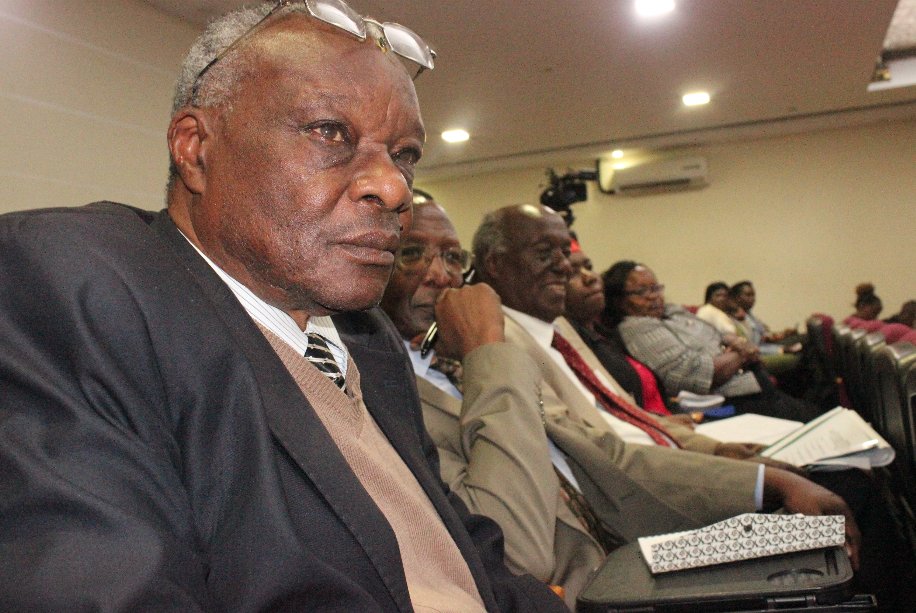I’m neither the first nor the last to observe that Donald Trump came to power as the business of journalism was undergoing transformative structural change.
· False equivalence: “President Obama claims that he was born in the United States and thus is eligible to serve as president; his critics disagree on both counts.”
· Actual truth: “Barack Obama was born in Hawaii in 1961; a persistent ‘birther’ movement denies this fact.”







